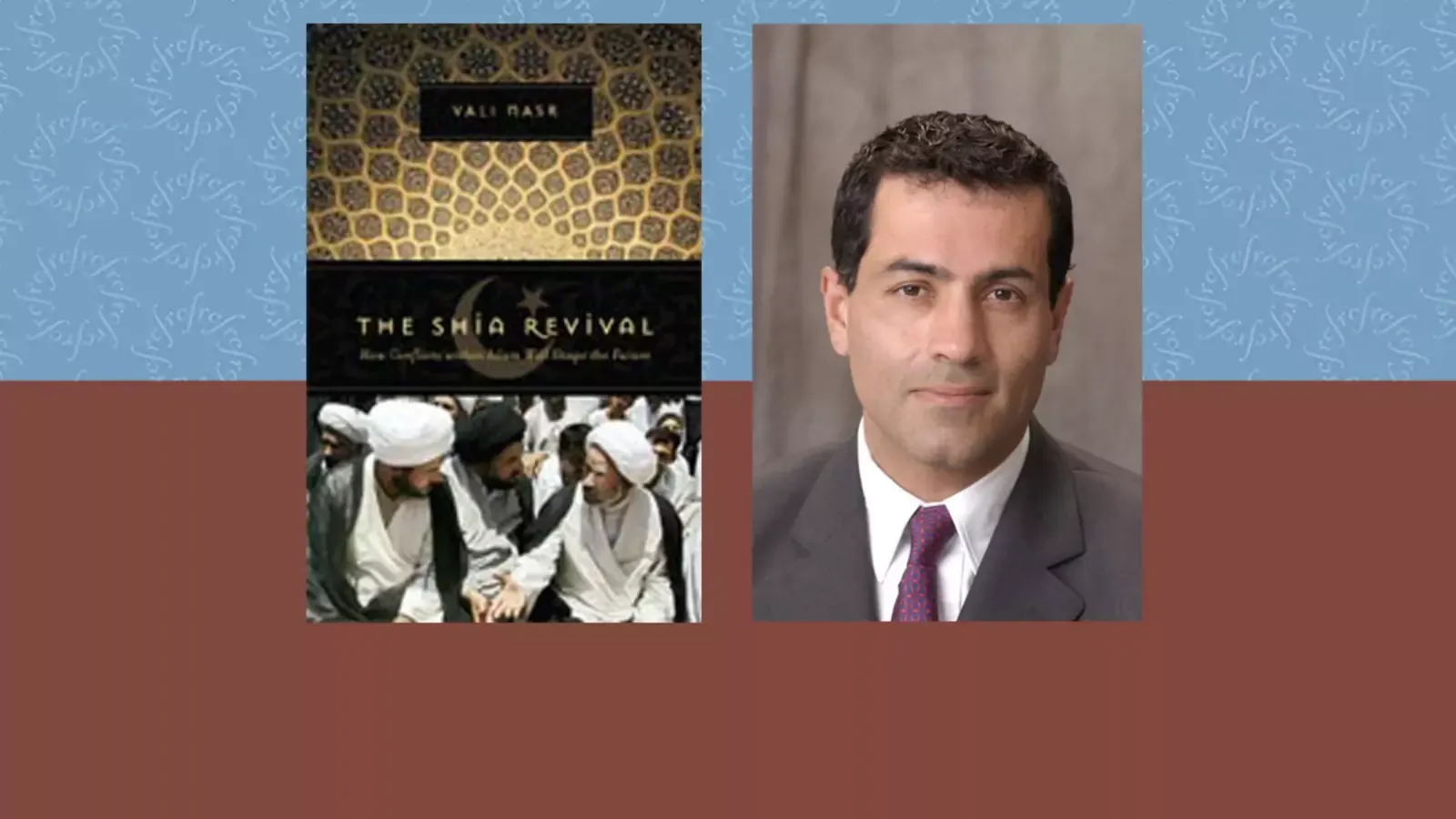The Shia Revival

Introduction
In this book, CFR Adjunct Senior Fellow Vali Nasr, one of the leading scholars on the Middle East, provides us with the rare opportunity to understand the political and theological antagonisms within Islam itself as nations around the world struggle with the threat of militant Islam. Teaching notes by the author.
Summary
The Shi'a Revival was written, in part, for college level courses. It is particularly appropriate for general courses on Middle Eastern History, Near Eastern Studies, and political science; and specialized courses on Islam and politics and on ethnic and religious conflict.
General Courses on Middle Eastern History and Near Eastern Studies
The Shi'a Revival is an ideal text for general courses because it addresses key issues in comparative politics, Near Eastern Studies, and Middle Eastern History within historical and contemporary contexts. Understanding the interrelationship between sectarian identity and sectarian conflict is a complex regional and political issue. For the student of history and Near Eastern studies, The Shi'a Revival shows how divergent Sunni and Shi'a historical narratives and religious traditions have shaped the contemporary Middle East. For students of political science it asks how the United States should balance these considerations with its economic, geo-strategic, and political imperatives. In addition, The Shi'a Revival also raises significant questions about the interrelationship between religion and politics—including democratization, the rise of sectarianism in the post-Cold War era, and the role of Iran and religious identity in the global system.
Instructors desiring a brief introduction to this topic may wish to use Dr. Nasr's article in the July/August 2006 issue of Foreign Affairs entitled, "When the Shiites Rise."
Discussion and Essay Questions
The Shia Revival provides the basis for a class lecture examining the interrelationship among sectarian identity, sectarian conflict, and US Middle East policy.
1. What are the key factors that have shaped Sunni and Shia identity politics?
- What role has rituals and historical narratives played in shaping Shia and Sunni identity? How has this affected Shia and Sunni constructions of authority?
- How have Sunni fundamentalism and Shia revivalism shaped one another in the modern era? How does this compare with interactions between the two communities in the pre-modern and medieval eras?
- How have Sunni governments used the specter of Shia revival to affect domestic and regional politics?
2. How has the 2003 Iraq War affected Shi'a politics?
- How has the war affected cultural, social, and political ties among Middle Eastern and South Asian Shi'a communities?
- Has the war influenced political narratives within Shiism? How do you think this has affected the balance between "red" and "green" Islam?
- How has the war affected Sunni and Shi'a support for democratization?
- How has the war affected Sunni and Shi'a conceptions of nationalism?
3. How has the 2003 Iraq War affected regional politics?
- How has the fall of Saddam Hussein's regime changed the regional power dynamic? How has this affected Iran's power and role in the Middle East? How have relations between Iran and Iraq and Iran and Saudi Arabia changed? How would you describe the effect on the relationship between Najaf (the center of Shi'a political power in Iraq) and Qom (Iranian city that serves as the center for Shi'a scholarship in the world)?
- What did Jordan's King Abdullah II mean when he used the phrase "Shi'a crescent?" Do you think this is an accurate depiction? Why or why not?
- How has the power dynamic between Sunni and Shi'a communities changed? How should the United States respond to this change? Is it possible for Washington to balance its economic and political interests and alliances within this new environment?